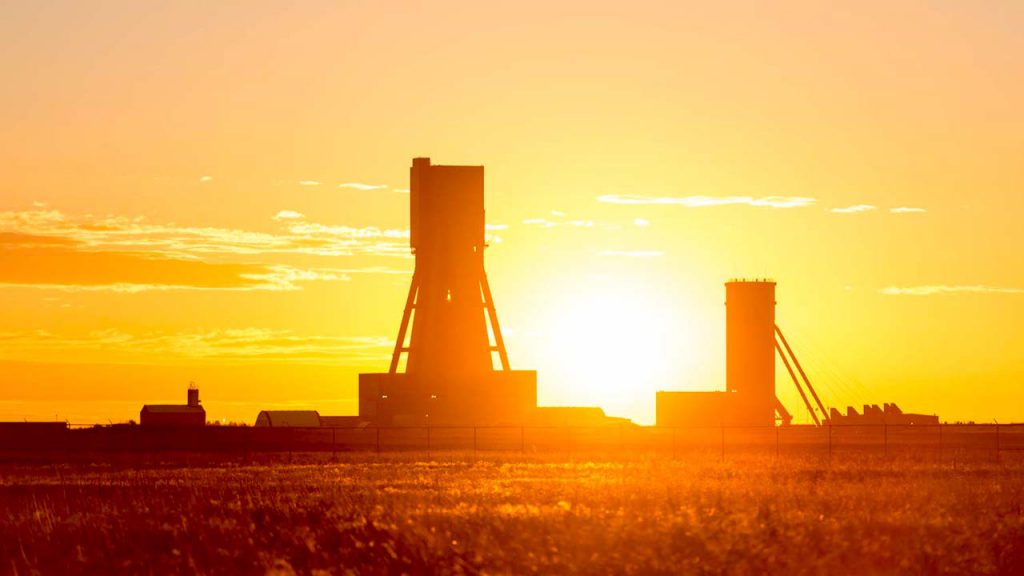
BHP’s new top executive has a plan to prosper in a world that’s accelerating efforts to cut greenhouse gas emissions – double down on the raw materials that’ve been key through its near 170-year history.
The world’s top miner, with roots in a 19th Century tin mine, plans to add more copper and nickel to meet rising demand from renewable energy and electric vehicles, and sees a continuing role for key coal mines and oil wells, according to Chief Executive Officer Mike Henry, who signalled his tenure won’t begin with any radical overhaul.
“We already produce some of the products that will be essential as the world transitions to a lower carbon economy and which will continue to prosper in a decarbonized world,” Henry, who took his post last month, told reporters Tuesday. “We do still need to create more options in future-facing commodities.”
Alongside copper and nickel, potash is another key commodity for BHP, which will decide next year whether to spend as much as $5.7 billion on the first stage of its Jansen mine project in Canada.
Alongside copper and nickel, potash is regarded by BHP as another key future material and the producer is on track to seek board approval next year to spend as much as $5.7 billion on the first stage of its Jansen mine project in Canada, Henry said.
Demand for nickel in the battery sector alone will rise 16-fold and for copper by about 10-fold by 2030, according to BloombergNEF, while base metals are also key for wind turbines and solar power. Potash, a crop nutrient, is seen as poised for gains as nations seek to feed rising populations from a shrinking area of agricultural land.
BHP also intends to accelerate efforts to curb its carbon emissions, Henry said in a Bloomberg TV interview, and will set out new targets later this year. “We’ll be doing more on that front,” including setting goals for tackling customers’ emissions, he said.
Like rivals Glencore and Rio Tinto — both of which have touted the role of their existing commodities in meeting future demand trends — BHP hopes to convince investors it can adapt to the world’s shifting raw materials needs without any sweeping changes to its portfolio, or any need for costly and risky deal-making.
“My first preference is to be securing these options through exploration and early stage entry,” Henry said in the interview. “We’ll be looking to create the portfolio that fits the future.”
BHP has also considered metals including cobalt and lithium, but sees the markets as currently lacking sufficient scale, Henry told analysts.
Henry continues to see long-term value in oil and coking coal production, sectors that are increasingly under scrutiny from investors focused on climate concerns. Declining rates of global oil output and a demand outlook that’s seen peaking only in the mid-2030s mean BHP’s petroleum unit remains attractive, while the producer sees no current substitute to replace metallurgical coal in the steel-making process.
BHP remains open to exiting from thermal coal assets in Australia and Colombia, Henry said, though is seen by analysts as facing a tough task to extract sufficient value from a shrinking pool of buyers.
Despite the focus on potential future sources of demand growth, iron ore continues to be the engine of current profits, accounting for about 47% of revenue in final six months of 2019, up from about 36% in the same period a year earlier.
Comments